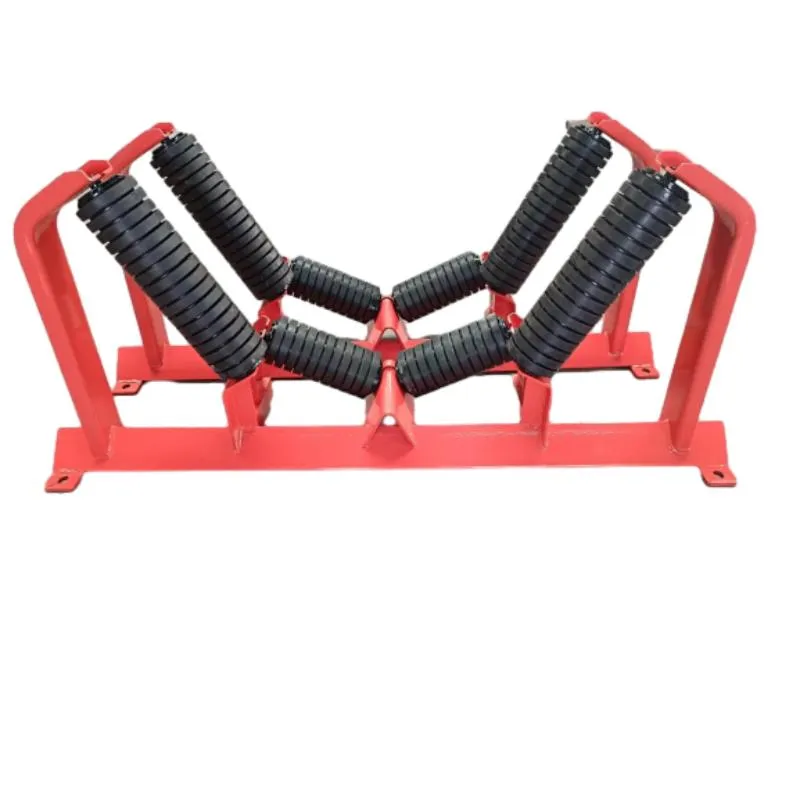 Afrikaans
Afrikaans  Albanian
Albanian  Amharic
Amharic  Arabic
Arabic  Armenian
Armenian  Azerbaijani
Azerbaijani  Basque
Basque  Belarusian
Belarusian  Bengali
Bengali  Bosnian
Bosnian  Bulgarian
Bulgarian  Catalan
Catalan  Cebuano
Cebuano  Corsican
Corsican  Croatian
Croatian  Czech
Czech  Danish
Danish  Dutch
Dutch  English
English  Esperanto
Esperanto  Estonian
Estonian  Finnish
Finnish  French
French  Frisian
Frisian  Galician
Galician  Georgian
Georgian  German
German  Greek
Greek  Gujarati
Gujarati  Haitian Creole
Haitian Creole  hausa
hausa  hawaiian
hawaiian  Hebrew
Hebrew  Hindi
Hindi  Miao
Miao  Hungarian
Hungarian  Icelandic
Icelandic  igbo
igbo  Indonesian
Indonesian  irish
irish  Italian
Italian  Japanese
Japanese  Javanese
Javanese  Kannada
Kannada  kazakh
kazakh  Khmer
Khmer  Rwandese
Rwandese  Korean
Korean  Kurdish
Kurdish  Kyrgyz
Kyrgyz  Lao
Lao  Latin
Latin  Latvian
Latvian  Lithuanian
Lithuanian  Luxembourgish
Luxembourgish  Macedonian
Macedonian  Malgashi
Malgashi  Malay
Malay  Malayalam
Malayalam  Maltese
Maltese  Maori
Maori  Marathi
Marathi  Mongolian
Mongolian  Myanmar
Myanmar  Nepali
Nepali  Norwegian
Norwegian  Norwegian
Norwegian  Occitan
Occitan  Pashto
Pashto  Persian
Persian  Polish
Polish  Portuguese
Portuguese  Punjabi
Punjabi  Romanian
Romanian  Russian
Russian  Samoan
Samoan  Scottish Gaelic
Scottish Gaelic  Serbian
Serbian  Sesotho
Sesotho  Shona
Shona  Sindhi
Sindhi  Sinhala
Sinhala  Slovak
Slovak  Slovenian
Slovenian  Somali
Somali  Spanish
Spanish  Sundanese
Sundanese  Swahili
Swahili  Swedish
Swedish  Tagalog
Tagalog  Tajik
Tajik  Tamil
Tamil  Tatar
Tatar  Telugu
Telugu  Thai
Thai  Turkish
Turkish  Turkmen
Turkmen  Ukrainian
Ukrainian  Urdu
Urdu  Uighur
Uighur  Uzbek
Uzbek  Vietnamese
Vietnamese  Welsh
Welsh  Bantu
Bantu  Yiddish
Yiddish  Yoruba
Yoruba  Zulu
Zulu track idler roller
Understanding Track Idler Rollers Essential Components in Conveyor Systems
Track idler rollers play a crucial role in various industries, particularly in the realm of conveyor systems. These unpowered rollers are essential for controlling the movement of materials, ensuring that products are transported smoothly and efficiently. In this article, we will explore the importance of track idler rollers, their construction, and their applications across different sectors.
What Are Track Idler Rollers?
Track idler rollers are designed to support conveyor belts and facilitate the movement of materials along the conveyor system. Typically, they are found in applications where the transport of heavy goods is required, such as in mining, construction, and manufacturing. Unlike driven rollers, idler rollers do not have a power source but instead rely on the motion of the belt itself to guide materials.
Construction of Track Idler Rollers
Track idler rollers are engineered for durability and strength. They are generally constructed from robust materials such as steel or heavy-duty plastic to withstand the demands of heavy loads and adverse conditions. The design of these rollers often includes sealed bearings that ensure smooth rotation and reduce maintenance needs. Additionally, the surface of the rollers may be treated or coated to decrease friction and enhance resistance to wear and tear.
The size and design of idler rollers can vary significantly based on their application. For instance, larger, wider rollers are often utilized in mining equipment, where they handle heavier loads, while smaller rollers might be used in light-duty conveyor systems found in warehouses and distribution centers.
Benefits of Using Track Idler Rollers
1. Enhanced Efficiency By reducing friction and helping maintain the alignment of the conveyor belt, track idler rollers improve the overall efficiency of conveyor systems. This leads to quicker transportation times and increased productivity in various operations.
track idler roller

2. Reduced Wear and Tear High-quality idler rollers contribute significantly to prolonging the lifespan of conveyor belts. By distributing the load evenly and minimizing direct contact between the belt and conveyor frame, they prevent premature wear, thereby saving costs on repairs and replacements.
3. Versatility Track idler rollers can be used in a multitude of applications across different industries, making them a versatile solution for material handling. From automotive manufacturing to food processing, their adaptability ensures they meet unique industry demands.
4. Easy Maintenance Many modern idler rollers are designed with user-friendly features that make maintenance easy. This includes designs that allow for quick inspections and adjustments, enabling operators to maintain a smooth-running conveyor system with minimal downtime.
Applications in Various Industries
- Mining and Quarrying In these industries, track idler rollers support large, heavy belts that transport raw materials for processing. They are built to withstand harsh environments, including dust, moisture, and extreme temperatures.
- Manufacturing Conveyor systems in manufacturing often rely on idler rollers to move products through various stages of production. Their ability to handle both light and hefty items makes them indispensable in assembly lines.
- Logistics and Warehousing In logistics, idler rollers facilitate the efficient movement of goods through sorting systems and loading docks. Their reliability and ease of use make them a favored choice among warehouses aiming for optimal operational flow.
Conclusion
In summary, track idler rollers are critical components in conveyor systems that enhance efficiency, reduce wear, and offer versatility across multiple industries. Their robust construction and ease of maintenance provide significant benefits, making them indispensable in today’s fast-paced production and transportation environments. Understanding the intricacies and advantages of track idler rollers is essential for any business involved in material handling and logistics.
-
Revolutionizing Conveyor Reliability with Advanced Rubber Lagging PulleysNewsJul.22,2025
-
Powering Precision and Durability with Expert Manufacturers of Conveyor ComponentsNewsJul.22,2025
-
Optimizing Conveyor Systems with Advanced Conveyor AccessoriesNewsJul.22,2025
-
Maximize Conveyor Efficiency with Quality Conveyor Idler PulleysNewsJul.22,2025
-
Future-Proof Your Conveyor System with High-Performance Polyurethane RollerNewsJul.22,2025
-
Driving Efficiency Forward with Quality Idlers and RollersNewsJul.22,2025





























